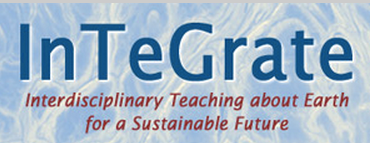1067 total view(s), 182 download(s)
Description
For this exercise in a senior's level class, Climate Change Ecology, we used Unit 5.1 Critical Zone Science from InTeGrate. The assignment was clearly written and easy to follow. I assigned all of the questions, and generally followed the line of questions more closely than I did for subsequent units where I modified things greatly. I think the students could have worked through this unit in less time than suggested. To demontrate these concepts, we took parts of more than one lecture to observe the redwood forest up close during what I called "Mini Field Trips", or to make some basic measurements of tree water potential and photosynthesis.For this unit, we carried the worksheets out to the redwoods to discuss the various fates of water in the forest. Fortunately, the data in Dr. Conklin's Critical Zone Science units come from not too far from Santa Cruz, so the students can relate to Sierra Nevada forests. This made it easy to take the concepts from the Sierran forests at different elevations near UC Merced and apply them to the redwood forest of UC Santa Cruz.
Notes
1.0
Cite this work
Researchers should cite this work as follows:
- Loik, M. E. (2018). Critical Zone Science. InTeGrate FMN (2018), QUBES Educational Resources. doi:10.25334/Q4PQ7F
